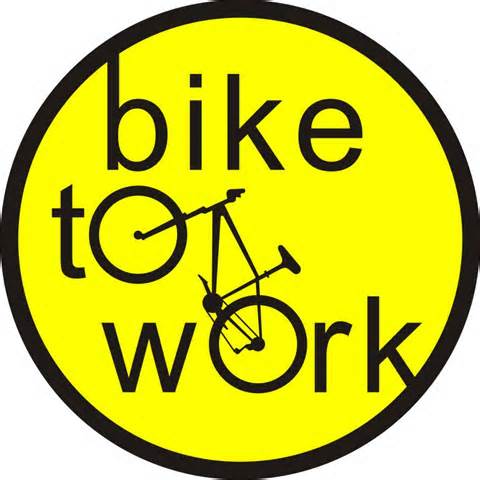PUTIN ON THE HIT
Following the downing of the Malaysia airliner, US and European Union leaders have approved a new economic hit against Vladimir Putin, and targeting key sectors of the Russian economy.
These moves bring increasing pressure on the Russian president to end his country’s support for separatists in eastern Ukraine, whom the West blames for taking down the passenger jet nearly two weeks ago.






